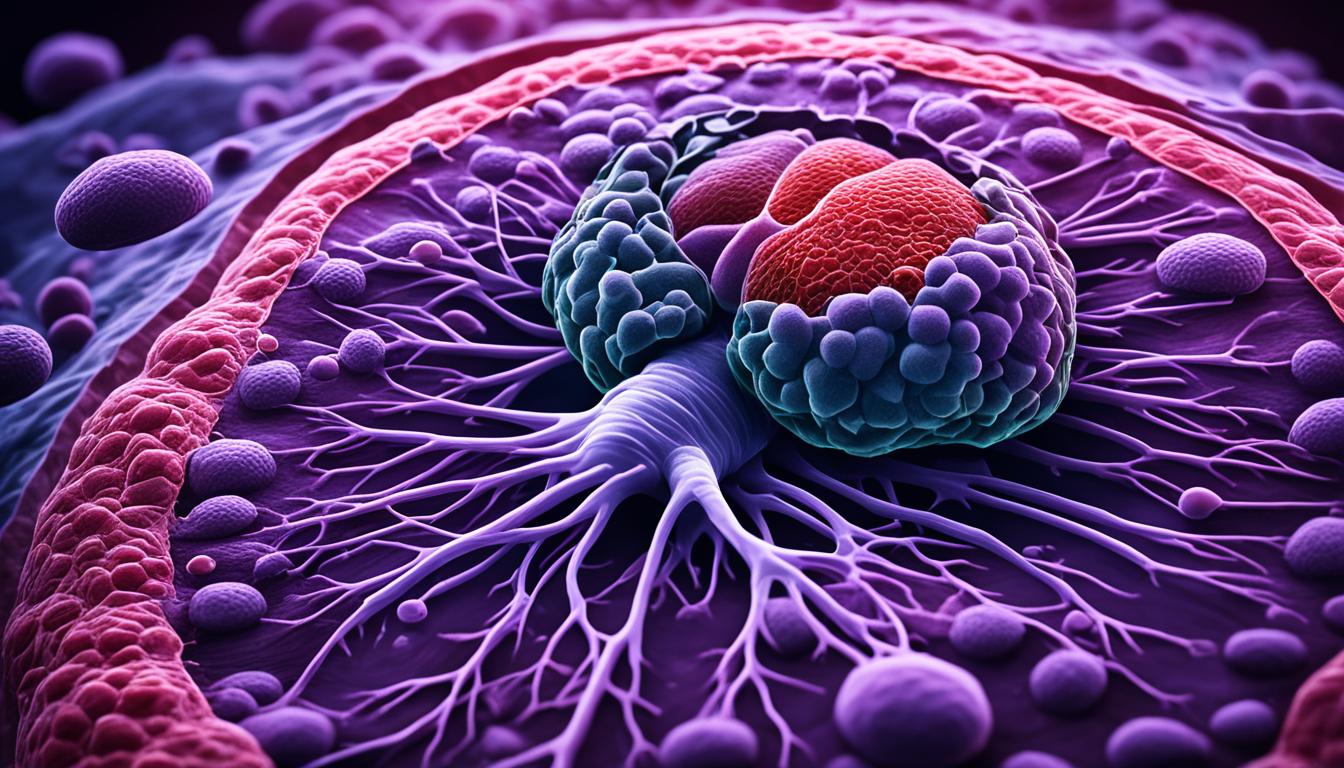Cirrhosis is a condition where scar tissue slowly takes over the liver. It’s a serious disease often caused by viral infections, drinking too much alcohol, toxins, genetics, and autoimmunity. When the liver doesn’t work right, serious problems can follow if not treated.
People with cirrhosis can show many signs their liver isn’t working well. They might feel tired, sick to their stomach, or not want to eat. They could lose weight, have red veins, or swollen legs and stomach. Other signs include a big spleen, feeling confused, turning yellow, dark pee, itchy skin, and bleeding inside. Not wanting sex is another possible sign. If you notice these signs, you should see a doctor right away for tests and care.
To fight cirrhosis, doctors work on its causes, reduce symptoms, and stop more liver harm. Avoiding alcohol and eating healthy are big steps towards helping your liver get better. Doctors might also give medicines to handle symptoms and problems from cirrhosis.
For some very sick patients, a new liver from a donor might be the only choice. This life-saving surgery gives them hope again.
Cirrhosis brings many dangers like belly full of fluid, swollen blood vessels in the gut, brain troubles, liver cancer, lung problems, and issues with blood clotting. Early care is the key to prevent these and help patients get better.
Key Takeaways:
- Cirrhosis is a progressive liver disease where scar tissue replaces healthy liver cells.
- Causes of cirrhosis include viral infections, alcohol consumption, toxins, hereditary conditions, and autoimmune diseases.
- Symptoms of cirrhosis can range from fatigue and loss of appetite to jaundice and internal bleeding.
- Treatment for cirrhosis involves lifestyle changes, addressing underlying causes, and managing symptoms.
- In severe cases, a liver transplant may be necessary.
- Complications of cirrhosis can include ascites, varices, hepatocellular carcinoma, and hepatic encephalopathy.
- Early diagnosis and treatment are crucial for improved outcomes and preventing further liver damage.
Stem Cell Therapy for Cirrhosis – Efficacy and Safety
Mesenchymal stem cell therapy shows great promise for cirrhosis. This is a serious liver disease that impacts millions worldwide. Studies have proven that injecting these stem cells can boost liver function and even heal cirrhosis damage.
Patients with cirrhosis were given these cells through the hepatic artery. This process led to significant improvements in liver function. For example, the levels of albumin increased a lot. Also, the MELD score, which shows how severe the disease is, decreased. This shows the power of stem cell therapy.
Another key point is how safe this therapy is. Reports have shown that patients don’t face any big risks with the treatment. This is great news for its future use.
Opportunities and Challenges in Stem Cell Therapy for Cirrhosis
Though the initial results are exciting, more studies are needed. We must ensure stem cell therapy is effective and safe for everyone with cirrhosis. To do this, more randomized trials are necessary.
Scientists are also looking into the best stem cell types and how much to give. They are studying different ways to administer stem cells too. The aim is to make progress in the treatment of cirrhosis.
Plus, it’s crucial to know which patients will benefit most. Things like age and how far the disease has progressed matter. These details help determine the success of stem cell therapy for cirrhosis.
Summary of Mesenchymal Stem Cell Therapy in Cirrhosis
| Trial | Patient Population | Administration Route | Results | Adverse Events |
|---|---|---|---|---|
| Study 1 | Patients with advanced cirrhosis | Hepatic arterial injection | Significant improvement in liver function | No severe adverse events reported |
| Study 2 | Patients with decompensated cirrhosis | Hepatic arterial injection | Elevated ALB levels and decreased MELD scores | No severe adverse events reported |
| Study 3 | Patients with alcoholic liver disease | Hepatic arterial injection | Improved liver function and reduced fibrosis | No severe adverse events reported |
Stem cell therapy for cirrhosis is still in the works. But these early results are a reason to be hopeful. They suggest that stem cells may change the way we treat this liver disease.
The Importance of Stem Cell Treatment for Cirrhosis
Stem cell treatment is a big hope for those with cirrhosis. It’s seen as a new way to deal with the disease without needing a liver transplant. Stem cells can grow new liver tissue and help the liver work better. They can even undo some of the scarring on the liver.
Getting stem cells from the body is easy. You can put them in through a vein or directly into the liver. This therapy is showing it might help with cirrhosis issues like fluid in the belly, confusion, and liver cancer.
If someone can’t get a new liver or can’t find a donor, stem cell therapy could be an option. But, we still need to learn more. We need to figure out which stem cells work best and how much to use for different people and stages of cirrhosis.
Stem cell treatment has the potential to change how we manage cirrhosis. It could make life better for those dealing with the disease. As we look into new ways to treat cirrhosis, stem cells stand out as a promising approach.

